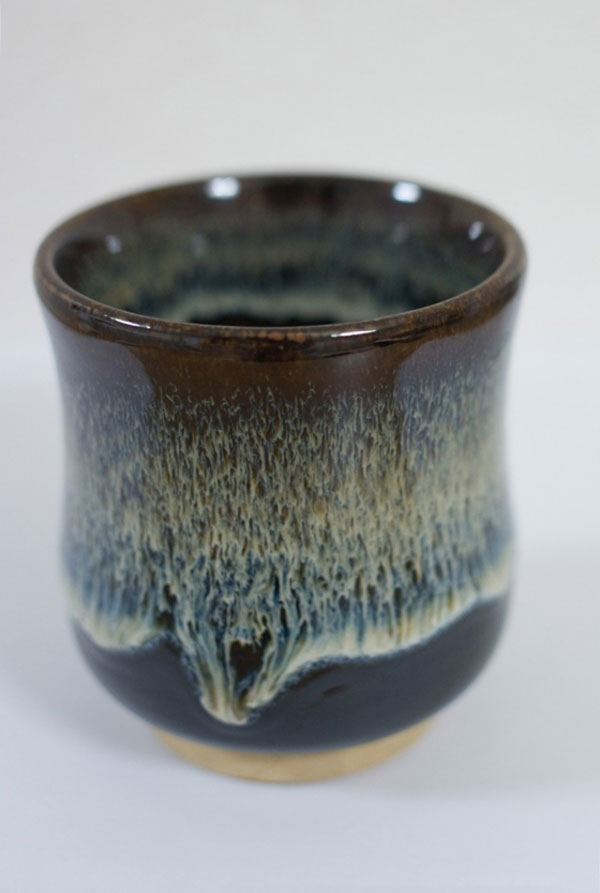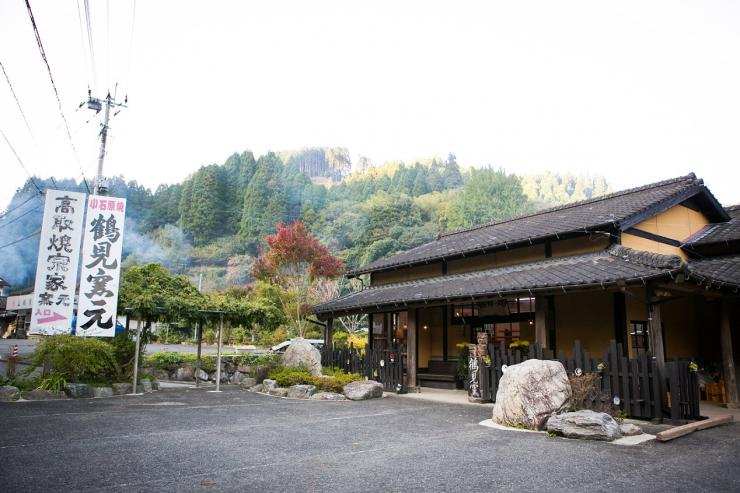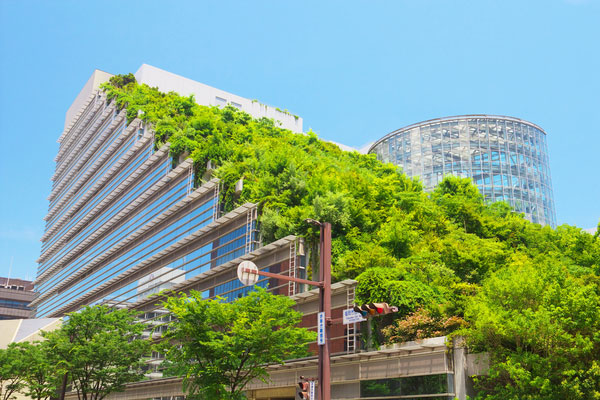
- Ceramic
- Fukuoka
Koishiwara ware Koishiwara yaki
The best of these traditional pieces:
bringing originality in your day to day life
Description
What is Koishiwara ware ?
Koishiwara ware (called Koishiwara yaki in Japanese) is a form of pottery produced in the Asakura district of Fukuoka prefecture. Since its creation, Koishiwara ware has evolved to become a practical, beautiful pottery. Koishiwara ware's unique point is the patterns that develop when applied while rotating on a potter's wheel. Some other notable features of this pottery are its elegant texture, beautiful form, and a charming color expression despite its simplicity and practicality. It is popular as a traditional handicraft souvenir and also as a pottery to learn how to make in pottery classes. There are three main methods to create patterns: shaving the clay with a Japanese plane* while rotating the potter's wheel, patterning with a paint brush or comb, and drawing patterns with fingers. Also there are techniques like: nagashikake, where engobe or glaze is applied at regular intervals, uchikake, where glaze is poured on little by little, and ponkaki, where glaze is applied little by little from a bamboo container.
*A Japanese plane or kanna is a tool used for shaping wood that is a blade pulled toward the user, instead of away like other planes.
History

The origin of Koishiwara ware goes back to the year 1669, during the Edo period (1603-1868). Hachinojo, the grandchild of famous potter Hachizo TAKATORI, discovered a new type of potter's clay, moved to the area of Sarayama in Koishiwara village, and started working with that clay. It is thought that in 1682, Mitsuyuki KURODA, fuedal lord of the Kuroda domain (which is the ancient name of an area in Fukuoka), invited craftsmen of Imari ware to start producing porcelain together with Hachinojo, using Chinese techniques. Koishiwara ware was known as Nakano ware at the time, as the area used to be called Nakano. Nakano ware was not produced for a period of time until it was revived around the year 1927, during the Showa period (1926-1988). They shifted from producing porcelain to earthenware at this time. According to a historical document written in 1835, the main items produced were items for daily use, such as sake jars, flower vases, and tea ceremony implements. Demand for and production of Koishiwara ware increased due to the shortage of supplies after the Second World War. At the international exposition held in Brussels in 1958, Koishiwara ware won the Grand Prize, and gained attention with its catchphrase, “The Beauty of Utility”. From around 1965, there was a shift from build-to-order production to speculative production, and the market expanded nationwide. In 1975, Koishiwara ware was the first porcelain to be designated as a traditional craft by the Ministry of International Trade and Industry. Boasting a 350-year history, Koishiwara ware can be described as one of Japan's leading crafts.
Production Process
- 1. Original clay excavation
Koishiwara potter's clay is excavated.
From ancient times to today, Koishiwara's soil has always been very rich in potter's clay and it is still possible to excavate it in large quantities.
- 2. Clay drying
The excavated potter's clay is dried.
- 3. Grinding
Water from mountain rivers is used to finely grind the dried potter's clay.
- 4. Clay filtering
Using a water tank, the ground potter's clay is finely filtered. This work is repeated many times until the clay becomes thin and sticky.
- 5. Dehydration
The filtered clay is dehydrated.
- 6. Clay kneading
The clay is kneaded carefully by hand. It is a process that can be described as "chrysanthemum kneading" because the kneaded clay resembles chrysanthemum petals. Chrysanthemum kneading removes the air pockets inside the clay and produces stickiness and firmness.
The grains of the potter’s clay are homogenized and the moisture concentration is equalized as all air bubbles are completely removed from inside the potter’s clay.
- 7. Shaping Shaping is carried out using a potter's wheel. Electric potter's wheels are used today, and shaping is carried out while adjusting the spinning speed with the lever. This is performed using techniques such as stretching the potter's clay into a cylindrical shape and kneading by piling it on top, or pulling the potter's clay by string after it has been shaped.
- 8. Semi-drying The clay that has been shaped on the potter's wheel is dried in the sunlight.
- 9. Decoration
The dried clay is patterned using different tools or fingers.
Various patterns and details are applied using a kanna (Japanese plane) or techniques like brush marking, comb marking, and finger drawing.
- 10. Planing The ceramic pieces are coated with engobe (clay slip) and are planed or scraped with a bent iron plane while rotating on a potter's wheel. This is how various patterns are applied.
- 11. Bisque firing After applying various patterns and details to the pieces, the pieces are fired for the first time.
- 12. Glazing
A glaze produced by mixing locally gathered straw ashes, wood ashes, and fieldspar is applied.
For items with a small mouth, glaze is poured on at regular intervals but for other items, two different techniques are used. Glaze is either applied to the item evenly with a ladle or the item is immersed and covered entirely at once.
Each of these techniques has its own unique texture. Glaze gives the pieces gloss and luster, and also plays the role of guarding against water permeation.
- 13. Glost firing Glost firing is carried out using an ascending kiln. Pieces that are susceptible to melting are fired in the bottom furnace opening, in a line towards the back of the kiln, until the temperature hits 1000℃ (around 1832℉). It takes 15 hours for the temperature of 1000℃ to be reached before the horizontal firing process begins. Horizontal firing in the top kiln starts when the kiln temperature has reached approximately 1300℃ (around 2372℉). Pieces are baked in the kiln for a total of around 40 hours. Once baked, the kiln is cooled for approximately one week and the pots are then removed from the kiln. *An ascending kiln or aragama (meaning cave kiln) is an ancient type of single-chamber kiln built in a sloping tunnel shape. The ascending kiln can reach extremely high temperatures because it uses wood.
- 14. Inspection
The last part of production is checking each piece individually for faults or imperfections of any kind.
Representative Manufacturers
Tsurumi-gama atelier

The best of these traditional pieces: Bringing originality in your day to day life
-
Address
-
Tel.+81-946-74-2552
Facility Information
Takumi Art & Craft Gallery

-
Address
-
Tel.+81-92-725-9100
-
Closed2nd and 4th Monday of the month
-
Business Hours10am to 7pm
-
Website
Related Artists
- You will be redirected to the artist's page on the Gallery Japan website
Other Ceramic
- Imari ware/Arita ware
- Hasami ware
- Kutani ware
- Mashiko ware
- Shigaraki ware
- Bizen ware
- Hagi ware
- Koishiwara ware
- Mino ware
- Tobe ware
- Tokoname ware
- Karatsu ware
- Kasama ware
- Satsuma ware
- Iga ware
- Mikawachi ware
- Agano ware
- Otani ware
- Obori-soma ware
- Tsuboya ware
- Aizu-hongo ware
- Shodai ware
- Echizen ware
- Akazu ware
- Tamba-tachikui ware
- Yokkaichi-banko ware
- Izushi ware
- Kyo ware/Kiyomizu ware
- Iwami ware
- Amakusa ceramics
- Seto-sometsuke ware
- Sanshu Onigawara Crafts































































































































































































































































































